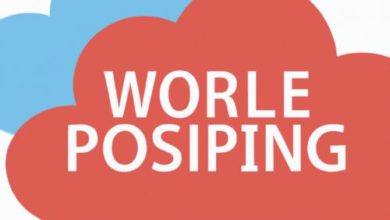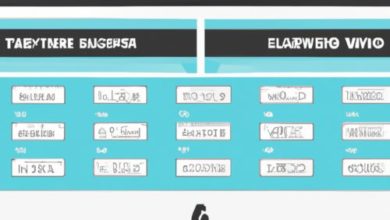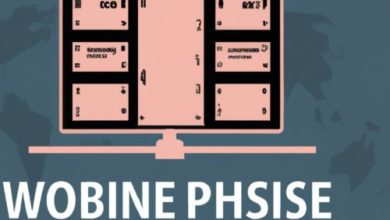
Mapping the Booming Creative Job Market in USA
The Rise of Creatives in the US Job Market
The creative industry in the United States has been growing at an unprecedented rate, outpacing the overall employment growth rate. From graphic designers to writers, animators to content creators, the demand for creative professionals is at an all-time high. Today, the creative industry is a significant contributor to the US economy and employs millions of people across the country.
This article aims to map the booming creative job market in the US, highlighting the top cities for creative jobs, the industries that are hiring creatives, and the skills required to excel in this industry. We will also explore the role of education in the creative job market, the gig economy’s impact on creative jobs, and the future of work in the creative industry.
Creative Jobs Outpace US Employment Growth
Creative jobs have been growing at a much faster pace than the overall employment rate in the US. According to a report by the Bureau of Labor Statistics, the creative industry is projected to grow by 6% from 2016 to 2026. This growth rate is almost double the projected growth rate for all occupations, which is 3.7%. These figures indicate that the creative industry is not only thriving but also has the potential to sustain this growth in the future.
Mapping the Top US Cities for Creative Jobs
Several US cities have established themselves as creative hubs and have become hotspots for creative job seekers. Los Angeles, New York, Chicago, San Francisco, and Seattle are some of the top cities for creative jobs in the US. These cities offer a high concentration of creative jobs, a thriving cultural scene, and a supportive community of creative professionals.
Which Industries Are Hiring Creatives?
The demand for creative professionals spans across various industries, including advertising, media and entertainment, technology, fashion, and publishing. The advertising industry is one of the top employers of creative professionals, with graphic designers, animators, and web designers in high demand. The media and entertainment industry is also a significant employer of creative professionals, with jobs in film, TV, and digital media.
Understanding the Skills Required for Creative Jobs
Creative jobs require a unique set of skills and talents that go beyond technical knowledge. Creatives need to be creative problem solvers, critical thinkers, and have excellent communication and collaboration skills. They also need to be adaptable and able to work well under pressure. In addition to these soft skills, creatives also need technical skills that are specific to their field, such as design software proficiency, writing skills, or production knowledge.
The Role of Education in the Creative Job Market
Education plays a critical role in the creative job market, and many creative jobs require formal education and training. Many universities and colleges offer specialized programs in creative fields such as graphic design, filmmaking, and writing. However, not all creative jobs require a formal degree, and many successful creatives have built their careers through self-education and practical experience.
Creative Jobs and the Gig Economy
The gig economy has disrupted traditional employment models, and the creative industry has not been immune to this trend. Many creatives now work as freelancers or independent contractors, taking on short-term projects or working on a project-by-project basis. This model of work is becoming increasingly popular among creatives who value flexibility and autonomy.
Diversity in the Creative Job Market
Diversity and inclusion have become essential topics in the creative job market, and there is a growing awareness of the need to increase diversity in the industry. Many companies are now actively recruiting and promoting diversity, recognizing that a diverse workforce is key to innovation and creativity.
Creative Jobs and the Future of Work
The future of work is changing, and the creative industry is no exception. Advances in technology, such as artificial intelligence and automation, are reshaping the way creatives work and the skills they need to succeed. The ability to adapt to new technologies and stay ahead of trends will be critical for creatives in the future.
The Impact of COVID-19 on the Creative Job Market
The COVID-19 pandemic has had a significant impact on the creative job market, with many companies cutting back on hiring and freelance work. However, the pandemic has also highlighted the need for creative professionals and their ability to adapt to changing circumstances. Many creatives have pivoted their work to focus on digital platforms and remote work, demonstrating their agility and resilience.
Opportunities and Challenges for Job Seekers in the Creative Industry
The booming creative industry presents both opportunities and challenges for job seekers. While there is a high demand for creative professionals, the competition for jobs can be intense. Job seekers need to stay up-to-date with new technologies and trends and be willing to learn and adapt quickly. They also need to network, build a strong portfolio, and showcase their skills and creativity.
The Booming Creative Job Market and the Future of the US Economy
The creative job market in the US is thriving, and the future looks bright for creatives. The industry is projected to continue growing, and new technologies will create new opportunities for creative professionals. The creative industry is also essential to the US economy, contributing billions of dollars in revenue each year. As the world becomes increasingly digital and creative, the demand for creative professionals will only continue to rise.









